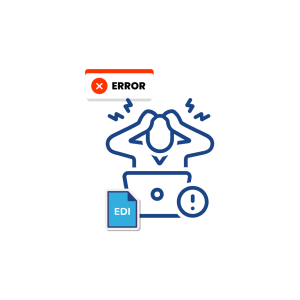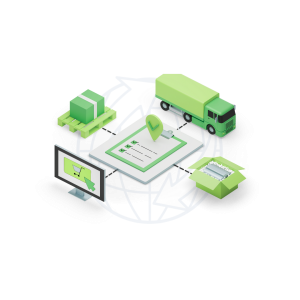Introduction
One solution, many names—that’s the story of Internet EDI, which is also sometimes called Web EDI, Cloud-Based EDI, or EDINET. Irrespective of the name, the basic workflow of Internet EDI to exchange standardized EDI documents over the Internet using secure communication protocols like sFTP or AS2.
The global electronic data interchange (EDI) market hit USD 2.08B in 2024. Experts predict a 12% yearly growth through 2032.
The reason for this boom makes perfect sense. Traditional paper-based transactions can drag on for days or weeks. EDI transactions take just minutes to complete. EDI technology has revolutionized how businesses share information. It creates smooth and standardized data transfer in the retail, healthcare, and manufacturing sectors.
EDI stands out as the go-to choice for business-to-business (B2B) document exchanges. Companies no longer need to print, mail, or manually enter data. EDI cuts down costs a lot and boosts accuracy through automated validation.
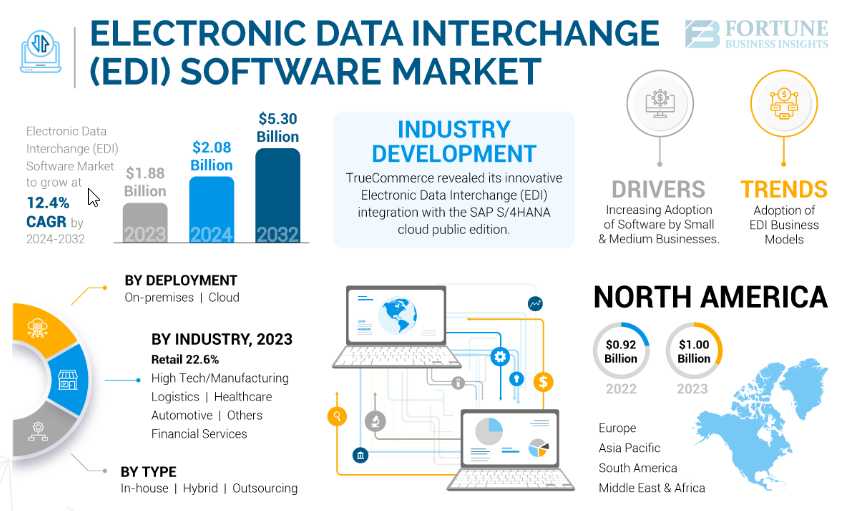
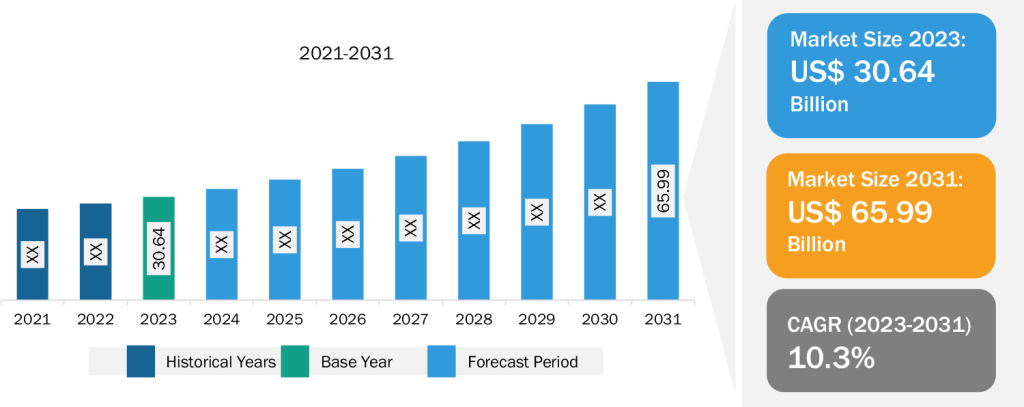
What is Internet EDI?
Internet EDI uses standardized TCP/IP protocols and web technologies to help documents move between partners.
- Communication Infrastructure: Internet EDI runs on standard Internet infrastructure.
- Accessibility and Coverage: Internet EDI gives wider access through a network that doesn’t depend on other providers.
- Cost Structure: Computer Economics reports show Internet-based EDI brings better ROI and TCO results. Setting up and maintaining Internet EDI costs less.
- Business Agility: Internet EDI makes businesses more flexible and lets them process transactions interactively. Organizations can connect with countless trading partners.
- Data Access: Internet EDI gives quick access to information and improves cooperation between organizations.
Key components of Internet EDI systems
Internet EDI needs several parts working together:
- Standard Document Format: EDI uses formats like ANSI X12 (North America’s choice) and UN/EDIFACT (global standard) to make sure systems can talk to each other.
- Translation and Mapping Software: This software converts business data like names, addresses, and currencies between application formats and standard documents.
- Communication Protocols: Internet EDI relies on protocols such as Secure File Transfer Protocol (SFTP), Applicability Statement 2 (AS2), HTTPS-based protocols, and Simple Object Access Protocol (SOAP).
- Batch Processing Capabilities: These helps handle large EDI message batches by letting senders and receivers package and unpack transactions.
- Message Routing Mechanisms: These tools sort messages after unpacking and send them to the right destinations.
- Trading Partner Agreements (TPA): These documents spell out terms and conditions, set document standards, and define how trading partners should communicate.
How Internet EDI Works
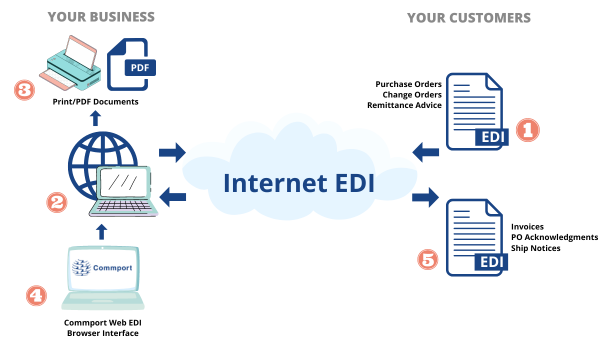
Internet EDI works through a sophisticated system of digital handshakes, secure tunnels, and standardized formats that create a continuous connection between business partners. This modern approach differs from traditional paper-based exchanges. It depends on technical components working together to deliver data quickly and securely.
The technical architecture of Internet EDI
Internet EDI’s foundation follows a hub-and-spoke architecture where bigger businesses (hubs) connect with multiple smaller partners (spokes). This structure boosts scalability in a variety of business environments and makes integration easier for smaller partners. Many implementations let spoke partners connect through standard web browsers to exchange documents using web forms hosted on the hub’s site or by an EDI service provider.
The technical infrastructure has several key components:
- Translation software that converts internal data formats into standardized EDI documents
- Batch processing capabilities that handle large transaction volumes
- Message routing mechanisms that sort and deliver information to the right destinations
- Authentication systems with digital certificates for security verification
These components create an integrated ecosystem where data moves securely between organizations without manual intervention at each step.
Data transmission process
The Internet EDI workflow happens in three main stages that change business information into standardized formats for secure exchange:
Stage 1: Document Preparation The original phase gathers and organizes data needed for transmission. Organizations create this information through various methods:
- Human data entry via specialized screens
- Exports from spreadsheets or internal databases
- Reformatted electronic reports
- Output from applications with built-in EDI interfaces
Stage 2: Document Translation The electronic data moves through translation software that converts the organization’s internal format into a standardized EDI structure using appropriate segments and data elements. Companies can choose between two options:
- Purchase and maintain on-premises EDI translation software
- Work with an EDI service provider’s translation services
This translation process needs specialized mapping expertise to define how internal data associates with EDI data formats.
Stage 3: Connection and Transmission Documents become ready for transmission to business partners after translation. Organizations usually pick one of these connection methods:
- Direct connection using secure internet protocols
- Connection through an EDI Network provider (VAN)
- A combination approach based on partner requirements
Modern Internet EDI implementations use encryption and secure protocols to protect sensitive information from unauthorized access during transmission
Common Internet EDI protocols (AS2, AS4, sFTP, HTTPS)
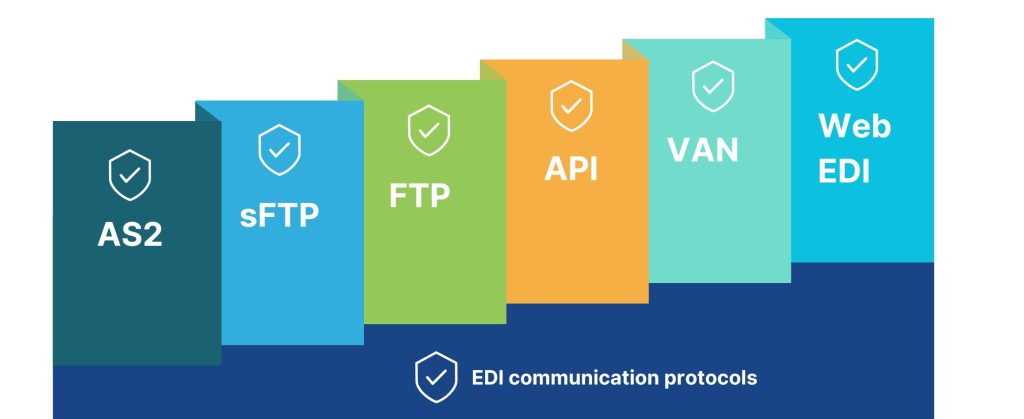
Internet EDI uses several key protocols that control how data travels securely between organizations:
1. AS2
AS2 (Applicability Statement 2) became the dominant protocol after Walmart required its use in 2002, which drove adoption across the retail sector. AS2 creates a secure “envelope” for EDI data and enables transmission over HTTP/HTTPS with digital signatures and encryption. Its popularity comes from three main benefits:
- End-to-end encryption for secure transmissions
- Message Disposition Notifications (MDNs) that prove delivery
- Flexibility to handle various file types beyond traditional EDI
2. AS4
AS4 shows progress beyond AS2 and builds on SOAP-based web services. This newer protocol boosts B2B document exchange by providing:
- Better security features through WS-Security
- Improved handling of large attachments
- Greater compatibility with modern web services environments
3. sFTP
sFTP (Secure File Transfer Protocol) is a secure version of FTP, providing encrypted file transfer capabilities. It uses SSH to ensure that data, including EDI documents, is transmitted securely between trading partners.
Unlike traditional FTP, sFTP encrypts both the authentication credentials and the data being transferred, making it highly secure against potential cyber threats. This protocol is widely used for transmitting sensitive files like purchase orders, invoices, and shipment details in EDI systems.
When sending EDI files using the sFTP protocol, organizations can standardize their communication methods, allowing for secure and reliable data exchange. The standardized formats, such as ANSI X12 or EDIFACT, ensure that everyone involved in the exchange understands the data being shared.
Additionally, sFTP supports various file formats and can accommodate large file sizes, making it a versatile choice for EDI transactions.
4. HTTPS
HTTPS provides the foundation for secure data exchange by combining the Hypertext Transfer Protocol with SSL/TLS for encryption and authentication. This protocol, accessible to more people, adds the essential security layer needed for sensitive business transactions.
These protocols keep Internet EDI transactions secure, verifiable, and reliable across global supply chains. They enable live document exchange without compromising data integrity.
Setting Up Internet EDI for Your Business
Internet EDI implementation needs careful planning and strategic decisions to exchange business documents seamlessly. Companies that deploy Internet-based EDI solutions successfully cut document processing costs by 40% and speed up cycle times by 90% compared to paper methods.
Internet EDI provider selection criteria
Selecting the right internet EDI vendor stands as the most crucial decision in your implementation experience. Look for solutions that support industry-specific standards relevant to your business sector and region. Organizations in the US need X12 support because of EDI compliance requirements between trading partners, while international / European trading partners might require EDIFACT compatibility.
Key factors to review in EDI software include:
- Standards compatibility: The solution must support your trading partners’ EDI standards and protocols
- Scalability: Software should grow with transaction volumes and partner networks
- Integration capabilities: Pre-built connectors to popular business applications like Microsoft Dynamics, QuickBooks, or Salesforce
- Security features: Encryption methods, authentication protocols, and access controls
- User interface: A user-friendly interface should show live transaction status, alert potential problems, and offer search and repair tools
The vendor’s industry experience plays a vital role. Choose providers who show expertise in your specific business sector and understand your unique requirements and regulations.
Integration with existing systems
System integration presents the biggest development challenge in most implementations. This step connects your EDI solution with internal applications like ERP, WMS, TMS, and CRM software.
Data mapping is the key to successful integration. This process converts data between your internal formats and standardized EDI documents. EDI coordinators define mapping relationships, stored in tables. The translator uses these maps to place incoming fields correctly and reformat data when needed.
Integration brings several key benefits:
- Automated data exchange improves operational efficiency
- Fewer errors by reducing manual data entry
- Better scaling by processing more transactions automatically
- Business processes become visible in real-time
- Lower administrative and operational costs
Testing and validation procedures
EDI Testing proves critical before full EDI system deployment. This phase simulates real-life conditions to find and fix problems early.
Detailed EDI testing includes several types:
- Integration testing checks how EDI systems work with internal and external systems to verify the correct data flow
- Security testing confirms your system protects sensitive data during transmission and storage
- Compliance testing verifies transactions meet industry regulations and standards
- Regression testing ensures system changes don’t break existing functions
Common Document types and transaction sets
Standardized EDI documents are the foundations of automated supply chain communication. Each document type handles specific business tasks:
- 850 Purchase Order: Used by buyers to communicate with intent to purchase goods or services with detailed item descriptions, quantities, and delivery schedules
- 810 Invoice: Enables suppliers to bill buyers electronically with payment terms and item details
- 856 Advance Shipping Notice (ASN): Notifies buyers of upcoming shipments with tracking information and expected delivery dates
- 852 Product Activity Data: Communicates inventory levels and sales data between trading partners
These standard formats remove the manual processing that often leads to delays, miscommunications, and errors in supply chain operations.
Cost-Benefit Analysis of Internet EDI
Businesses need a complete financial analysis to make smart decisions about Internet EDI. A careful look at implementation costs versus potential returns helps companies decide if this technology matches their business goals.
Operational savings
Internet EDI’s financial benefits show up quickly after setup. Order processing costs drop by a lot—traditional manual processing costs USD 70.00 per order, while EDI processing costs just USD 0.01–0.02 per order. Manual invoice processing costs between USD 12.00 and USD 30.00 per invoice, but automated EDI brings this down to about USD 3.50.
Advance Shipping Notices (ASNs) save money—processing one shipment manually costs about USD 78.00, but with EDI and ASNs, it costs only USD 0.02 per order. Companies using EDI can cut their order-to-cash time in half.
EDI eliminates paper, printing, mailing, filing, and document retrieval costs. Automated document exchanges also reduce labor costs from manual processing and fixing errors.
Conclusion
Electronic Data Interchange has become vital to modern business operations, especially when you have internet-based solutions that offer key advantages over traditional systems. Companies that switch to Internet EDI see dramatic cost reductions. Their order processing expenses drop from $70.00 to just cents per transaction.
Internet EDI’s security features include advanced encryption, strong authentication protocols, and complete risk management strategies. These safeguards make it a trusted choice for sensitive business communications. Standardized document formats and automated processing create a quick ecosystem for supply chain management.
Financial benefits are clear from ROI calculations, which show positive returns within months. Organizations achieve these gains through lower processing costs, faster payments, and zero manual handling expenses. Companies looking to modernize should switch to the Commport Cloud EDI Solution to get uninterrupted integration and peak performance.
Note that Internet EDI success needs careful planning, proper setup, and detailed testing. Your organization can get the most from Internet EDI by bringing partners on board strategically and watching performance closely. This approach ensures secure, efficient operations that stimulate business growth.
Commport Cloud EDI Solution
Free Download: EDI Buyers Guide
Unlock the full potential of your supply chain with our comprehensive EDI Buyer's Guide — your first step towards seamless, efficient, and error-free transactions
Frequently Asked Questions
Internet EDI is a modern approach to Electronic Data Interchange that uses standard internet protocols for secure business document exchange. Unlike traditional EDI, which relies on proprietary networks, Internet EDI offers wider accessibility, lower costs, and greater flexibility in connecting with trading partners.
Internet EDI system typically includes standard document formats, translation and mapping software, communication protocols, batch processing capabilities, message routing mechanisms, and trading partner agreements. These components work together to ensure seamless and secure data exchange between businesses.
Internet EDI streamlines supply chain operations by automating document exchange, reducing processing times, and minimizing errors. It supports various transaction types like purchase orders, invoices, and advance shipping notices, enabling faster order-to-cash cycles and improved inventory management.
Critical security measures for Internet EDI include strong encryption methods (such as AES and RSA), robust authentication protocols (like multi-factor authentication), compliance with industry-specific regulations, and comprehensive risk management strategies. These ensure the protection of sensitive business data during transmission and storage.
To calculate ROI, businesses should compare implementation costs (including hardware, software, and training) against operational savings. Key metrics include reduced processing costs, faster payment cycles, and eliminated manual handling expenses. Many organizations find that Internet EDI provides a positive return within months of implementation due to significant cost reductions in order processing and document handling.



